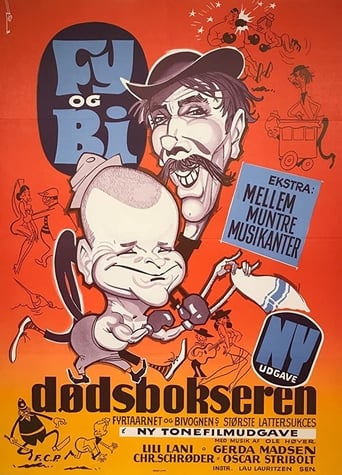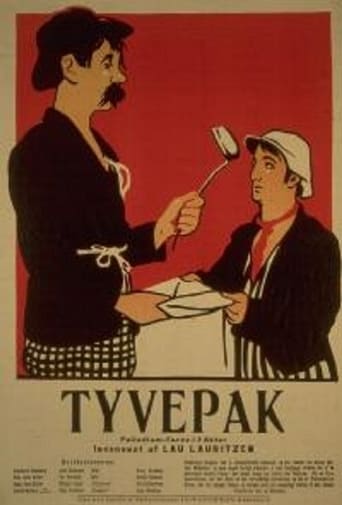Dødsbokseren 1926
This one has three segments. In the first, they are ice sailing and fall into the water, where they float for a while, being tormented by seals and swordfish. Then they are rescued by a tramp steamer, where they are befriended by the cook and beaten up by the first officer. They hit port in Bilbao, where they rescue the captain's pretty niece, who seems to have been sold into the degrading life of a taxi dancer. On the way back, Madsen winds up boxing some big guy for a lot of money, with the usual amount of cheating and confusion



